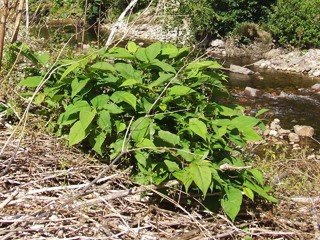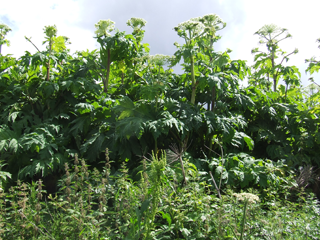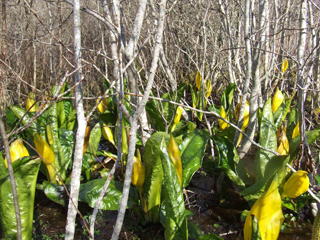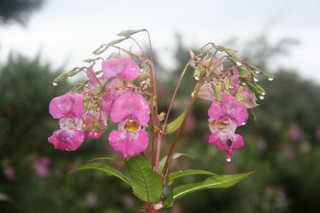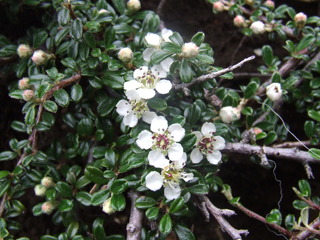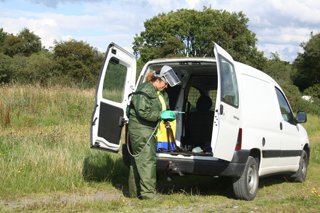What are invasive non-native plants? |
Some invasive non-native plants |
Control projects |
|
Britain’s native flora and fauna comprise the species that naturally colonised the land as the ice retreated after the last ice age, some 10,000 years ago. This process of steady colonisation was subsequently brought to a halt when the land-bridge between Britain and continental Europe was severed. Scotland’s native plants and animals have evolved together over a long period of time. During most of this period, ecosystems remained relatively stable. Populations of predators and prey were held in balance, and extinctions were rare. This stability has been increasingly disrupted as man has altered the natural environment. These changes included the introduction of species from other areas, initially from elsewhere in Europe, but then further afield. We term these non-native species. Over the past few thousand years, animals and plants have been transported great distances, either deliberately or inadvertently, through human migration and trade. Many non-native species have been introduced into Britain for agriculture, amenity, timber production, aquaculture, sport fisheries and the pet trade. Other introductions have occurred accidentally as ‘stowaways’ through the global transport of goods. Many non-native species provide considerable benefits, especially in agriculture, horticulture and forestry and will continue to be a valuable economic resource. However, others have spread rapidly and are having a negative impact on the Scottish environment and economy.
Coille Alba is actively involved in the control of invasive plants in a number of locations in Highland. These include:
|
Rhododendron
Japanese knotweed
Giant hogweed
Skunk cabbage
Himalayan balsam
White butterbur
Cotoneaster
|
Rhododendron at Kinloch HournA Critical Review of work undertaken to control invasive rhododendron in Scotland:
Lower Ness & Glenurquhart INNPS
Giant hogweed control on River Wick
|

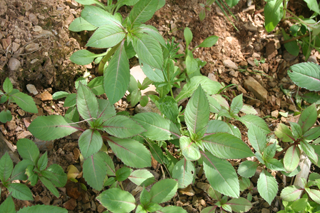

 Read more
Read more